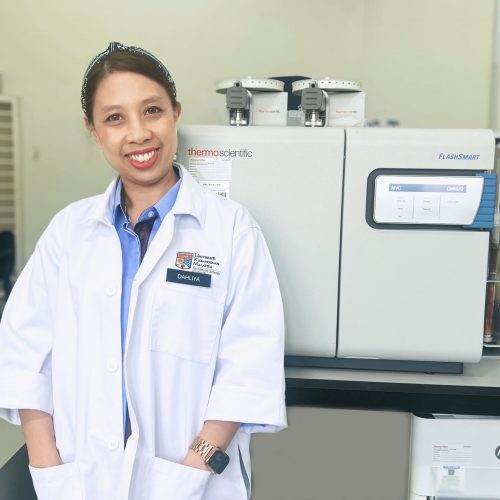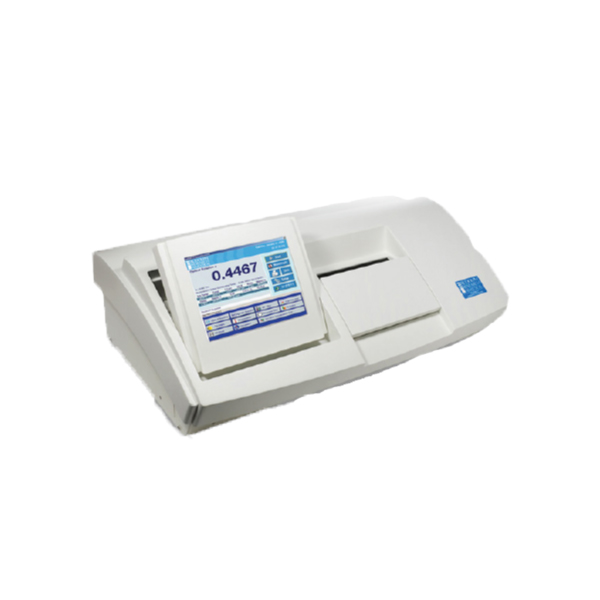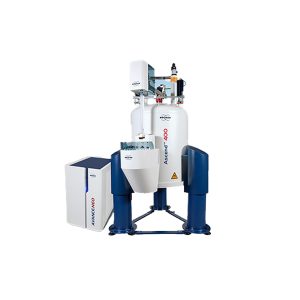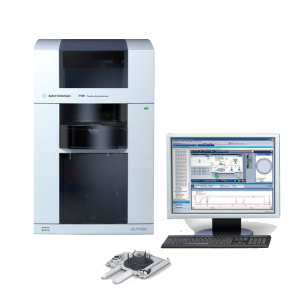Applications
Sample Requirements
Typical Result
Applications
For mixtures of chiral organic molecules in pure or diluted form, polarimetry provides a rapid, reliable, quality check that
eliminates conventional analysis like liquid chromatography which can take an hour to do what the polarimeter accomplishes
in minutes. Chemists use polarimetry to test the effectiveness of catalysts and asymmetric synthetic processes.
a. Pharmaceutical industry
• Monitoring chemical process
• Purity control and determination of concentrations
• Characterisation of new synthetic substances
b. Chemical industry
• Purity control and determination of concentrations
• Analysis of optically-active components (qualitative and quantitative)
• Determination of changes in the configuration
• Monitoring chemical processes
c. Sugar industry
• Quality control of original and end product
• Determination of fructose and glucose
• Sugar concentrations in refined beet and cane sugar, molasses and beet pulp
d. Food industry
• Determination of concentration
• Purity control
• Quality control
Sample Requirements
-
1
Solid or liquid that soluble in organic solvents
Typical Result

All enquiries please contact:

ChM. DAHLIYA ABDUL KADIR
BSc. (UKM) Chemistry
Email: dahliya@ukm.edu.my
Contact Number: 03-8911 8502
Location:
Level 1, i-CRIM Centralised Lab, Centre for Natural and Physical Laboratory Management UKM (ALAF-UKM), Research Complex UKM





